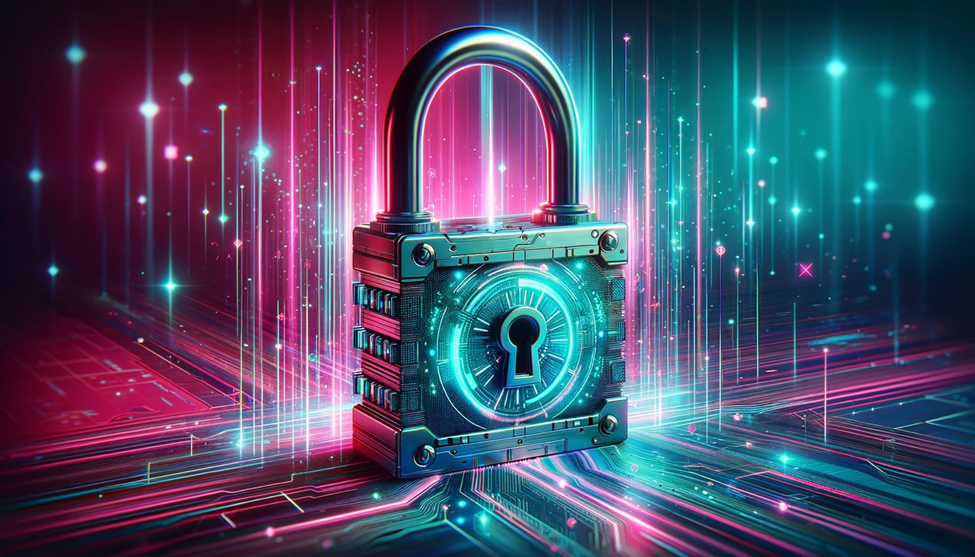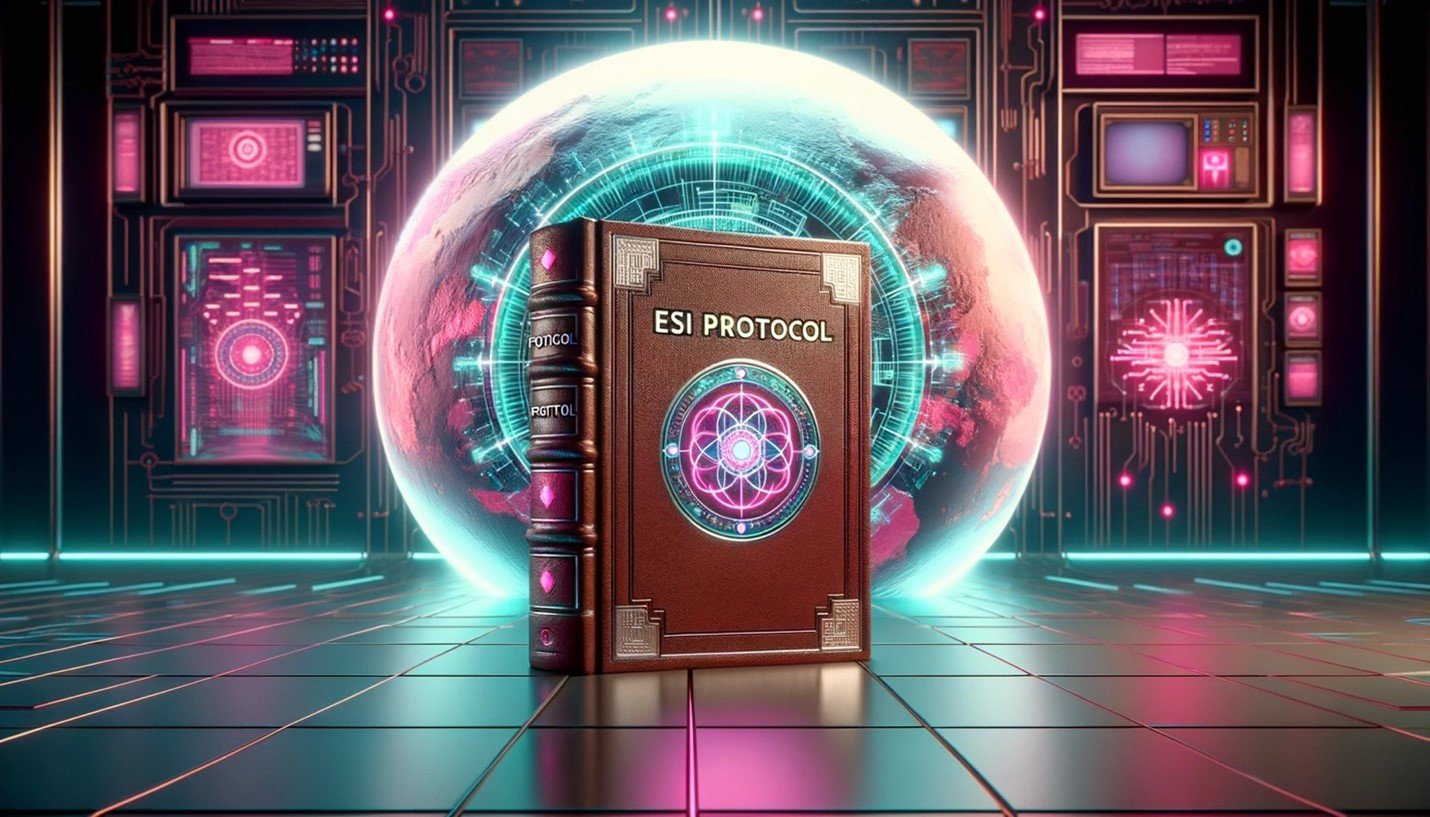12 Secrets to Modernize Your ESI Protocol
A practical and modern ESI protocol agreed upon during the meet and confer is critical in an age of complex modern eDiscovery. Several peers have reached out about a more modern take on the ESI protocol in the last several months. Specifically, considerations for app-based and ephemeral data, AI, and GAI guardrails, and more.
In this digital tsunami, a futureproof ESI protocol is critically important, and I have found 12 key secrets to doing just that. Helping you create a dynamic, efficient, and fair framework for managing modern eDiscovery.

1. Right-size Your Discovery Scope
For over a decade, ESI has been far more than email. Yet, many protocols focus just on that single electronic document format. Include the various data sources and methods of communication a modern custodian has.
Embrace a broad definition of ESI. This includes social media interactions and instant messaging to the vast data oceans in cloud storage. Don’t forget the burgeoning IoT landscape and modern attachments along the way. Caselaw and court orders have kept pace with digital expansion, and so should your default protocol.

2. Lock it Down - Preservation in the Digital Age
Craft preservation protocols with an eye toward the ephemeral nature of modern communication. To prevent anything from slipping through the digital cracks. The need to swiftly preserve data and metadata is not diminished because Telegram is set to self-destruct. Ensure you understand which tools are being leveraged by key custodians. The types of accounts they are leveraging, and any time constraints posed by the ephemeral nature of specific platforms. Ensure your legal hold is broad enough to capture all potentially relevant data sources. The court will sanction you for spoliation, even on these weird data types.

3. Be Like Gumby—Flexibility Is Your Best Asset
Technology and the nature of electronically stored information (ESI) evolve rapidly. Design your protocol to be adaptable, allowing for adjustments as new types of ESI emerge and eDiscovery tools' capabilities advance.Anticipate technological evolution by designing a protocol as portable as your favorite stretchy pants. Include provisions that allow for updates as new forms of ESI become relevant. This should include ephemeral messaging apps, Generative AI, and even good old text messages. This ensures your protocol can grow and change without missing a beat.

4. Can’t We All Get Along - Prioritize Cooperation and Communication
Encourage open communication and cooperation between parties from the start. This is not just about complying with the Federal Rules of Civil Procedure, Rule 26. A collaborative approach to agreeing on search terms and data formats, handling discovery issues, and reviewing methodologies reduces disputes and misunderstandings.Foster a culture of open communication and cooperation from the outset. We encourage the opposing party to come to the meeting and confer with clear guidance. Form of production, document review methodologies, and suggestions on discovery workflow are a starting point for the discussion. Establish clear channels and expectations for collaboration. Reduce the room for disputes and ensure smoother sailing through the eDiscovery process.

5. Balancing Act - Embed Proportionality Principles
Ground your protocol in the principle of proportionality. Keep discovery efforts balanced with the cases and the parties' resources. Focus efforts on obtaining relevant information without unnecessary expenditure or delay. Ground your protocol in the Goldilocks principle—neither too broad nor too narrow, but just right. The era of using discovery as a sword and asking for everything, including the kitchen sink and every channel in Slack, is long gone. Balancing discovery efforts with the scale of the case prevents information overload, focusing resources where they're needed.

6. Down to Brass Tacks—Detail the Discovery Plan
An effective ESI protocol outlines a clear discovery plan. This will include timelines, methods for data collection, workflow for document review, and formats for the production of ESI. Clarity and specificity can prevent scope creep and ensure all parties are aligned. Chart a clear course by outlining every step of the eDiscovery workflow.From identifying custodians to setting review phases and production deadlines. This is also a good time to break down logistical things in handling the data and metadata. this can include ESI deduplication, email threading, format of load files, and more. Think of it as your treasure map to the goldmine of relevant information.

7. Speak the Same Language—Define Technical Standards and Formats
Specify the formats for data production (e.g., native, TIFF, PDF) and metadata handling. Clear guidelines on these technical aspects ensure consistency and reduce the risk of disputes over data integrity and usability down the road. You can avoid getting lost in translation by specifying the formats for data production and metadata handling. Make sure everyone is on the same page, preserving data integrity and streamlining review and production.

8. Robots are our Friends - Incorporate Advanced Review Technologies
Acknowledge and make provisions for using technology-assisted review (TAR) and other AI-driven eDiscovery tools. Outline how these technologies will be applied, validated, and potentially challenged. Keep the door open for future technological advancements. Studies and caselaw validate the efficiency of these technologies. Embrace the future by making provisions for AI-driven eDiscovery tools like TAR. Outline their application, validation, and how challenges will be addressed, keeping the door ajar for future tech marvels.

9. Keep it secret, keep it safe- Plan for Privacy and Security
With increasing concerns over data privacy and cybersecurity, your ESI protocol must address the secure handling, transfer, and storage of sensitive information. Incorporate compliance with relevant privacy laws and guidelines for data breaches or unauthorized access. In our digital age, privacy, and security are paramount for requesting parties, providers, and opposing counsel. Your protocol should be a digital Fort Knox. Safeguarding sensitive information against breaches and ensuring compliance with privacy laws.

10. For Your Eyes Only—Establish Clear Protocols for Privilege Review
Detail the approach for identifying, logging, and contesting privileged documents. This minimizes the risk of inadvertent disclosures and ensures that privilege is maintained throughout the discovery process. The Privilege log is like a VIP lounge for privileged documents. It details how they were identified, logged, and protected. This will help avoid inadvertent disclosures and keep privileged information from the public eye. An additional thing to agree on will be the redaction method and application.

11. Escape Hatch Included- Build in an Off-Ramp
Include provisions for modifying the protocol in response to unexpected challenges, discoveries, or changes in case dynamics. This "ramp" ensures protocol can adapt to serve the best interests of justice and efficiency. Life is full of surprises, and so is litigation. Include an "escape hatch" in your protocol to adjust to unforeseen developments or eDiscovery issues. This keeps flexibility and fairness at the forefront.

12. Emphasize Training and Expertise:
Recognize the importance of expertise in managing eDiscovery processes. Encourage the selection of eDiscovery liaisons or specialists and outline requirements for training and knowledge sharing among legal teams. Acknowledge that eDiscovery is part magic, part science. Highlight the importance of expertise in managing the process, advocating for eDiscovery liaisons or specialists who possess the arcane knowledge necessary to navigate the complexities of digital data.

Put a Bow On It - Bringing it All Together
An effective and adaptable approach to drafting and implementing a Modern ESI protocol helps both the requesting party and the producing party. Clear terms, an understanding of expectations, and an adaptable protocol contribute to long-term success in your discovery workflow.
Establishing clear communication and an adaptable protocol at the outset of the Rule 26 meet-and-conf conference is a foundation for an effective discovery process. When eDiscovery issues arise (shocking, I know), this approach provides a path forward and the flexibility to pivot and adapt.
Simply relying on the law firm’s 10-year-old ESI protocol template may not cut it in this age of data explosion, AI adoption, and Judicial scrutiny. Make sure you review what you are using in your ESI protocol before you next matter because times are changing.

